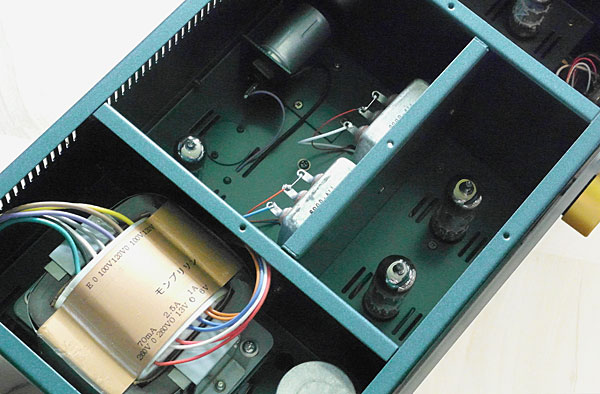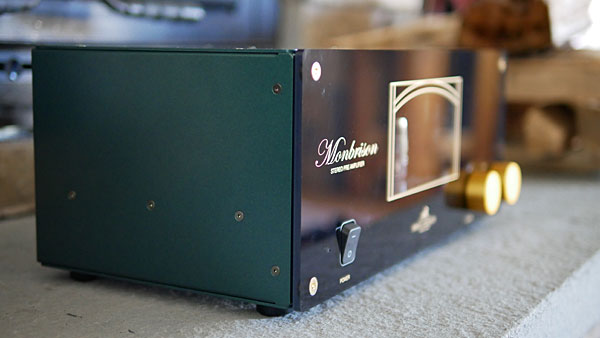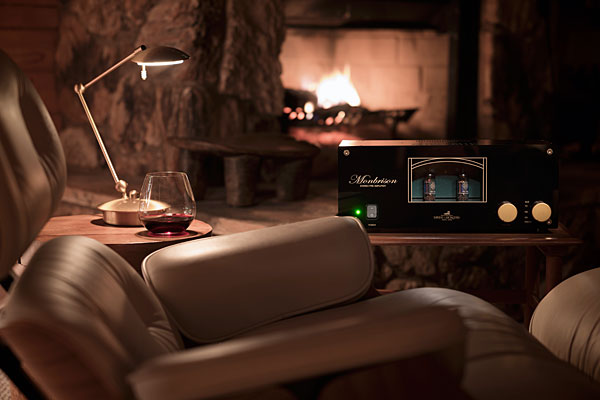| Columns Retired Columns & Blogs |
I understand that with components like these—speciality items with known sonic signatures, euphonic distortions that aid the musical illusion—a review would focus more on the subjective than the objective. Still, the object is a lot smaller than the speakers John Atkinson has measured, the things that can be measured aren't as hard to measure as with DACs and suchlike, there will doubtless be some measurement of distortion that looks awful by modern standards. But $12,500 is real money and the potential consumer of such an object would want to have a clue as regards overload headroom, power at full output, measurable distortion and so on.
So why no measurements?











































